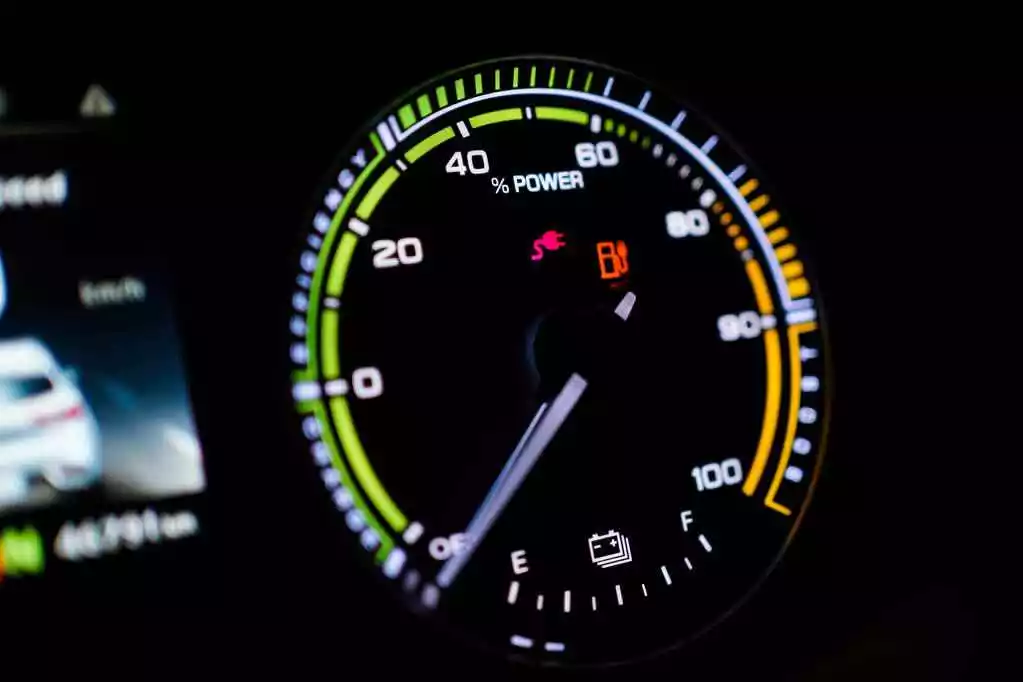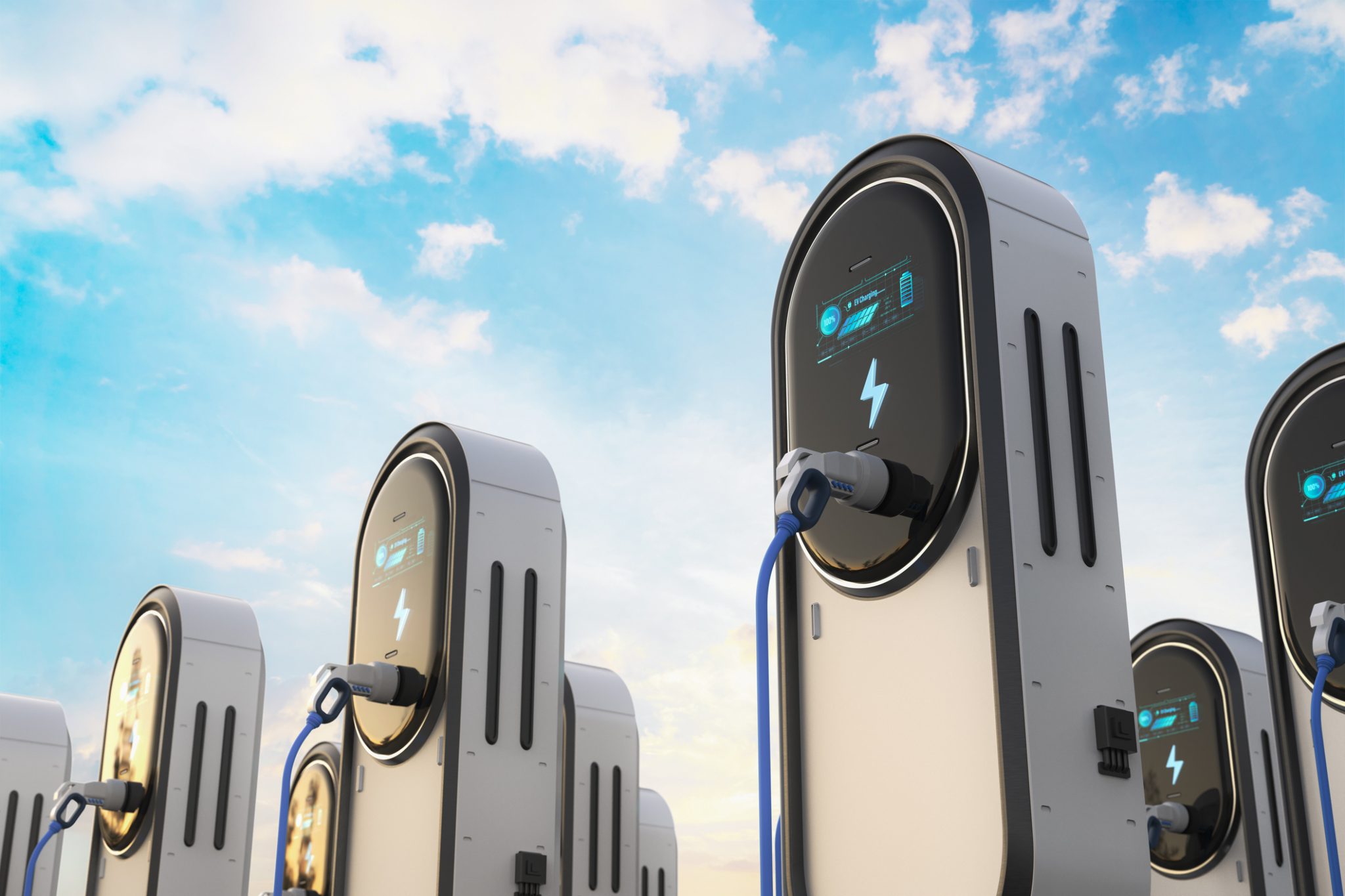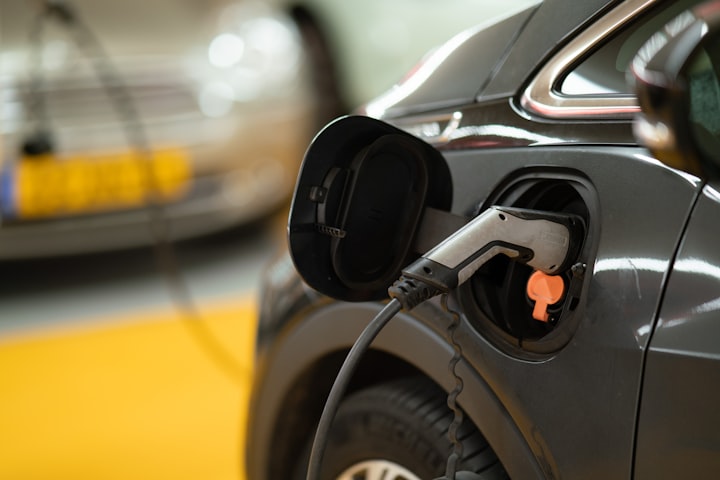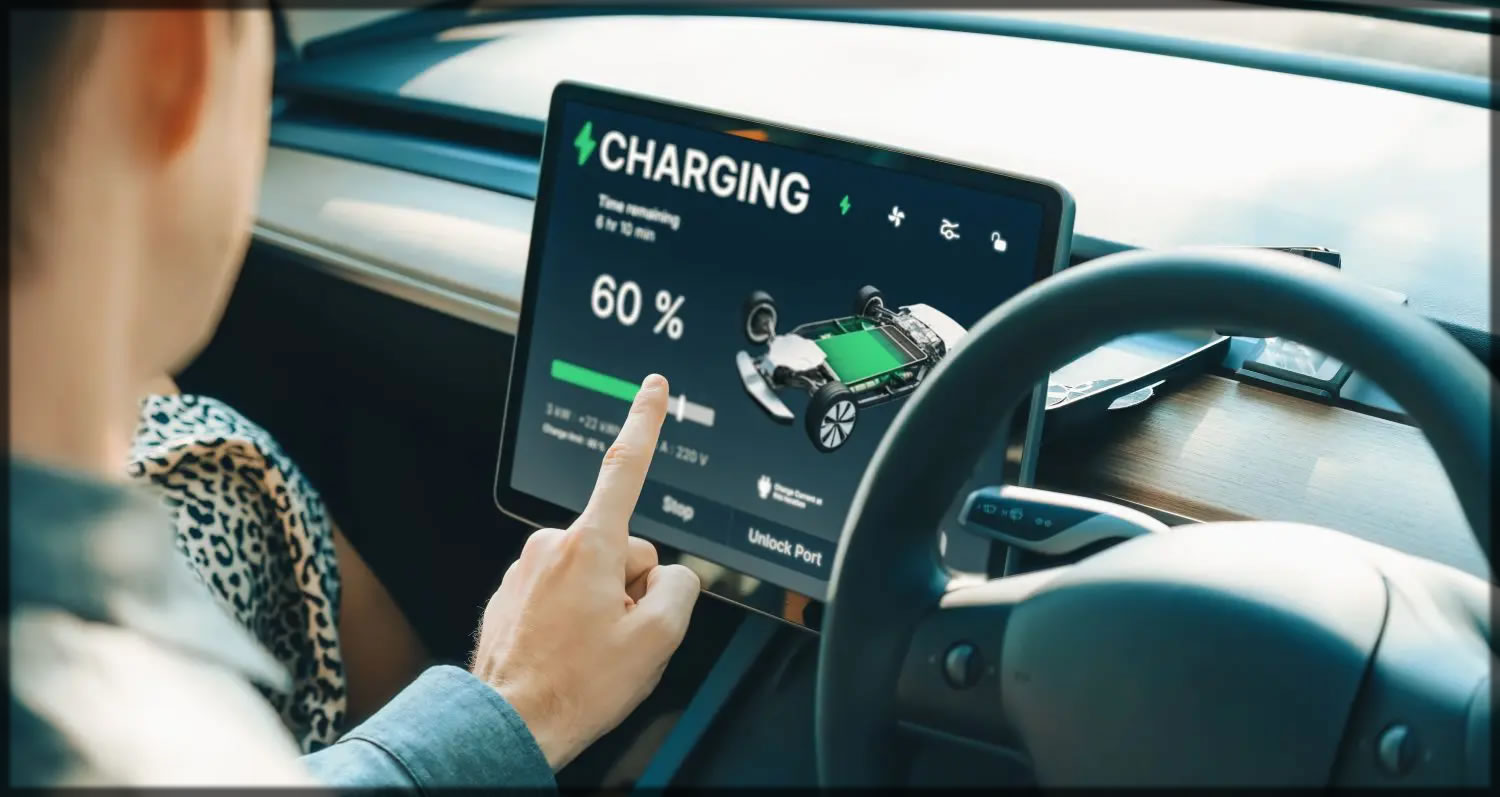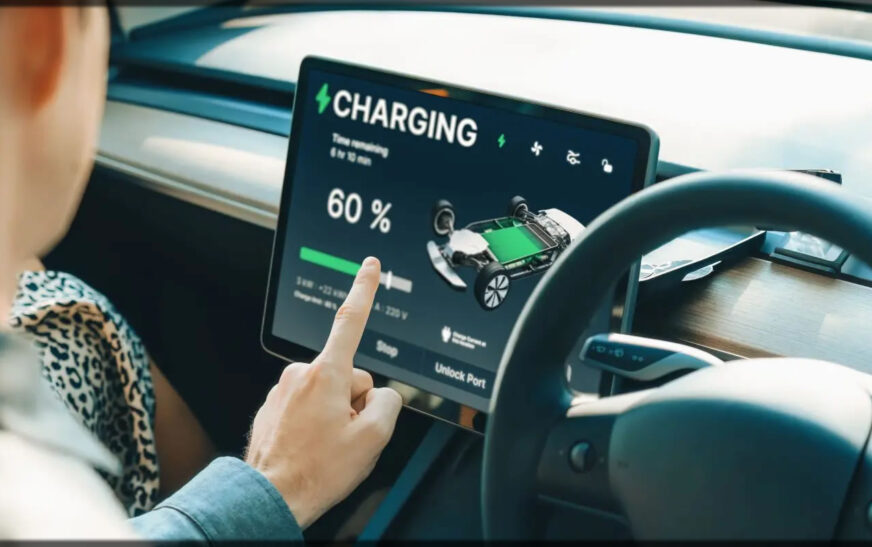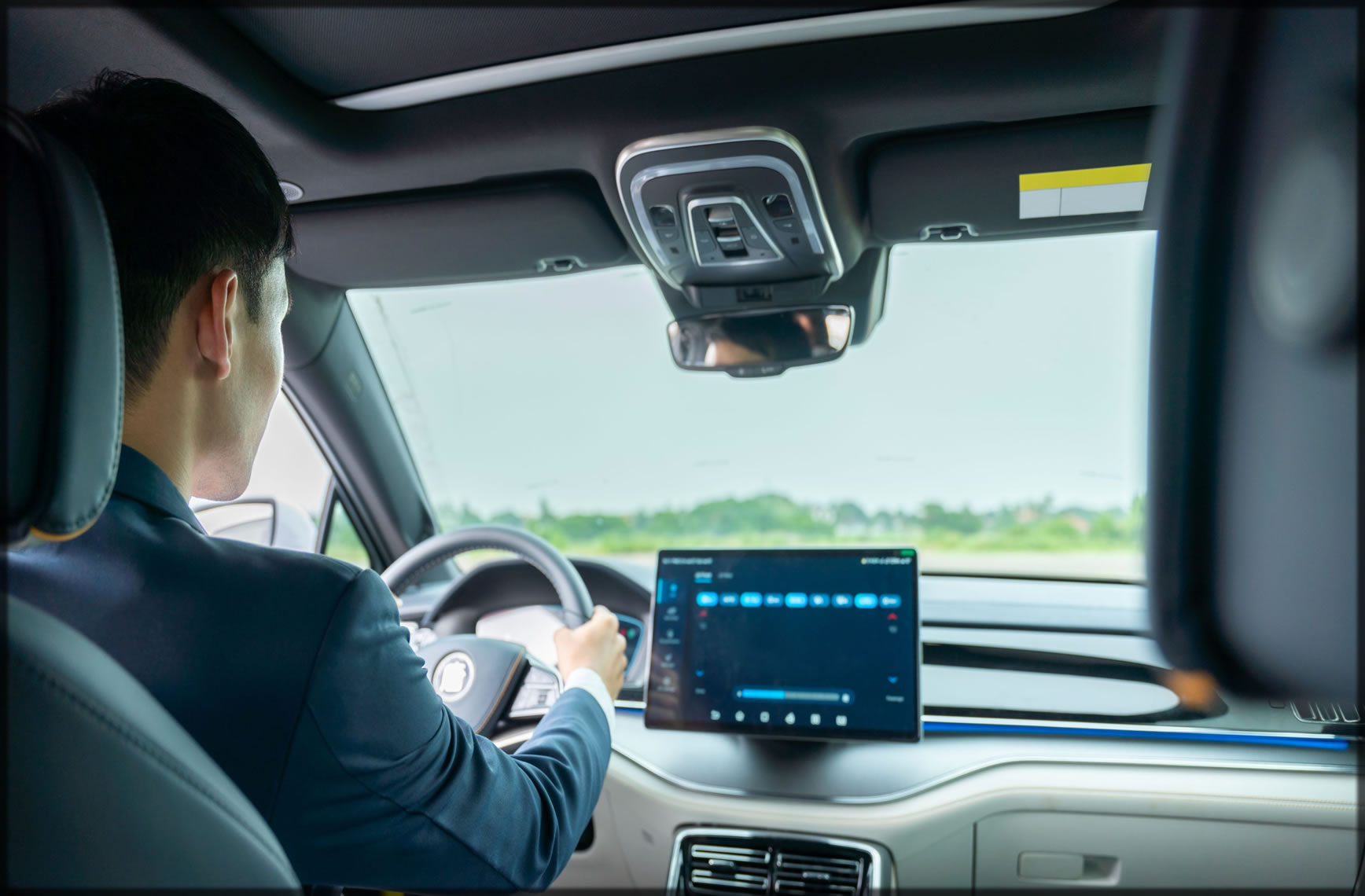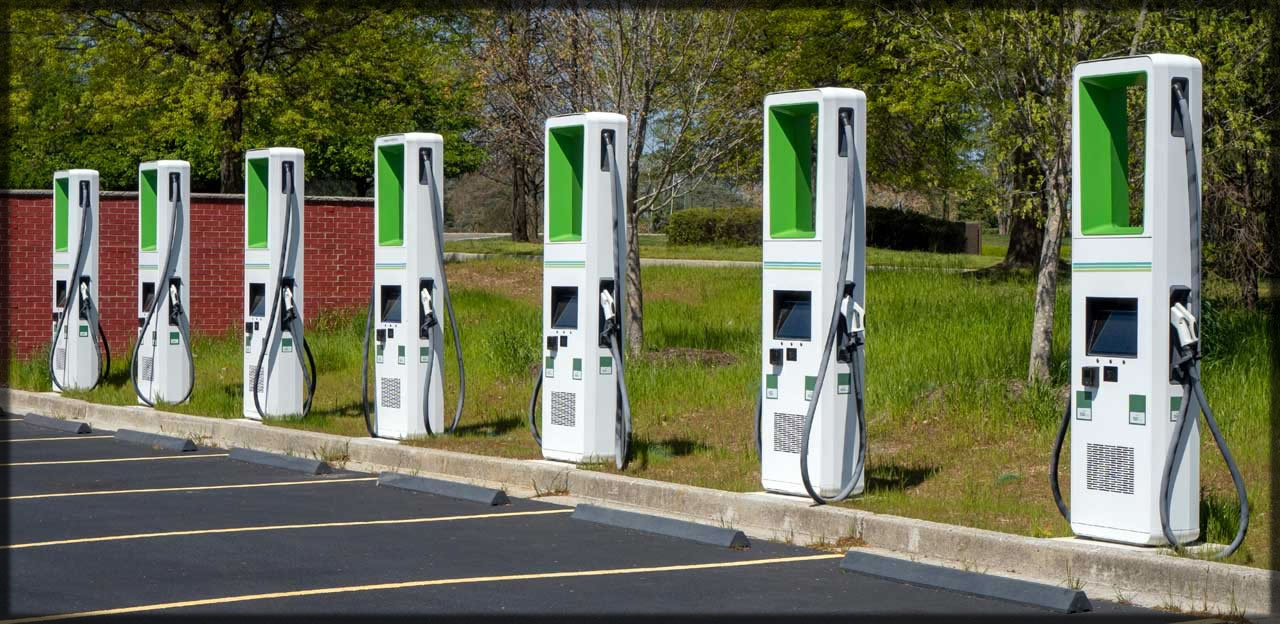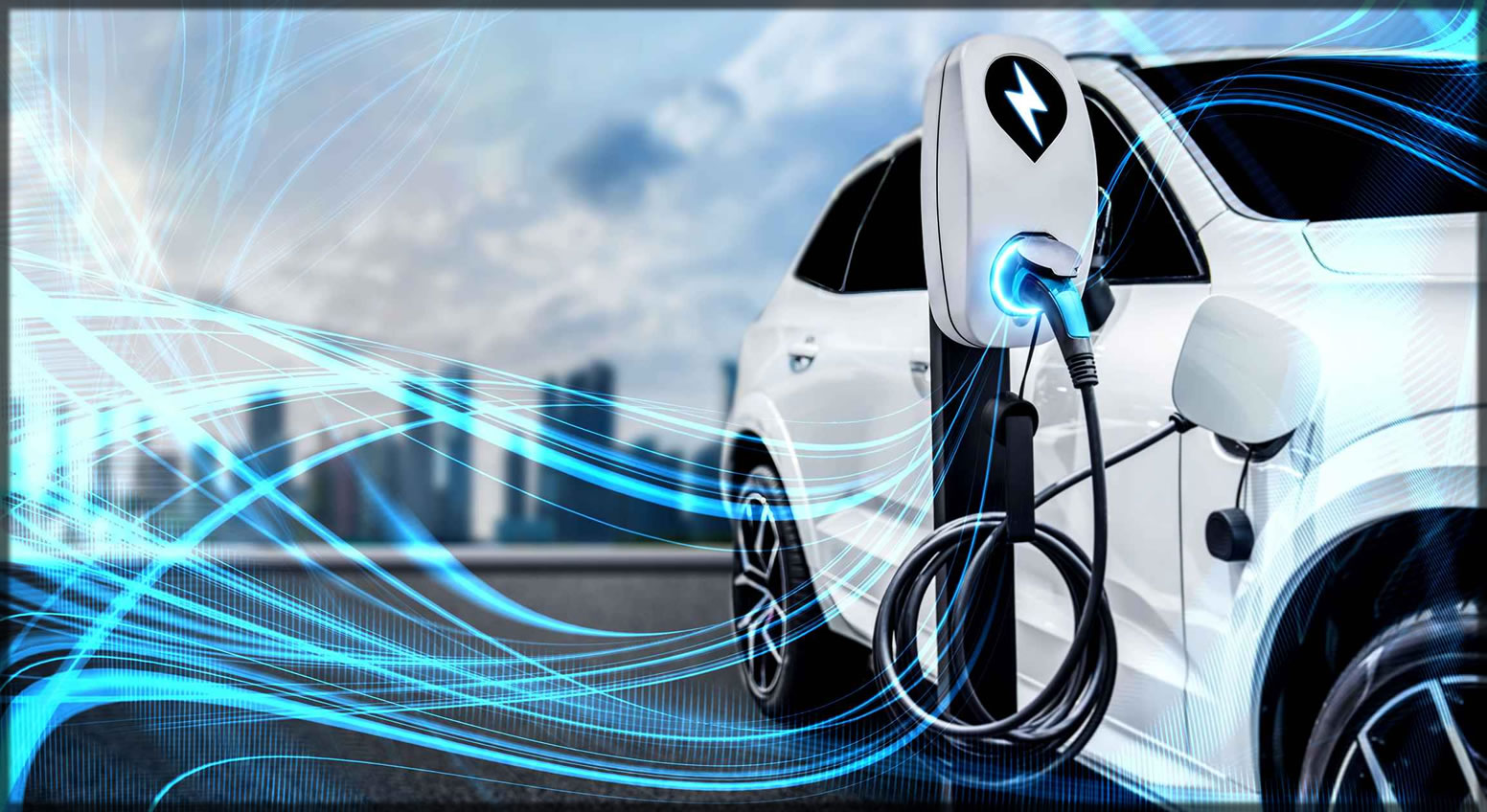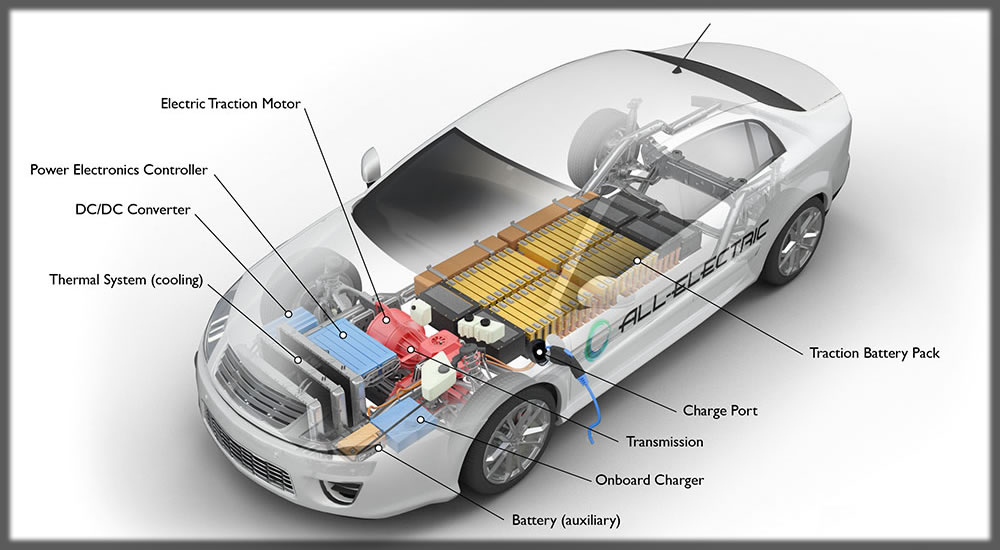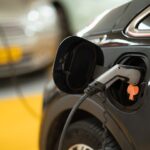How to Maximize Your EV Battery Life. Electric vehicle (EV) batteries are one of the most critical components of an EV, determining both its range and long-term performance. Just like any other type of rechargeable battery, EV batteries degrade over time. However, with proper care and smart usage, you can significantly extend their lifespan, ensuring that your EV remains efficient for many years. Here’s a detailed guide on how to maximize your EV battery life.
Understanding EV Battery Degradation
EVs primarily use lithium-ion batteries, which degrade over time due to repeated charging and discharging cycles. Battery degradation reduces the total capacity over time, meaning your EV may not hold as much charge as when it was new. The rate of degradation depends on multiple factors, including temperature, charging habits, and driving conditions. Fortunately, modern EVs come with battery management systems (BMS) that help regulate charging and temperature, but following best practices can further extend the battery’s lifespan.
1. Avoid Frequent Fast Charging
While DC fast charging (such as Tesla Superchargers or Electrify America stations) is convenient, frequent use can stress the battery and accelerate degradation. Fast charging generates more heat, which can negatively impact battery longevity.
Best Practice: Use Level 2 home charging (240V) for daily needs and reserve fast charging for long trips when necessary.
2. Maintain an Optimal State of Charge
Keeping your battery at extreme charge levels—either 100% full or near 0%—can strain the battery and lead to faster degradation. EV batteries perform best when they are kept between 20% and 80% charge.
Best Practice:
- Charge up to 80% for daily use to reduce battery stress.
- If you need full range for a long trip, charge to 100% but don’t leave it fully charged for extended periods.
- Avoid deep discharges (going below 10%) whenever possible.
3. Park in the Shade or a Garage
Extreme temperatures, particularly high heat, can degrade EV batteries over time. Direct sunlight and hot climates can increase battery temperature, reducing efficiency and lifespan.
Best Practice:
- In hot weather, park in the shade, garage, or under-covered parking to keep battery temperatures lower.
- In cold weather, precondition your car while plugged in to warm up the battery before driving.
- Use climate control features efficiently to avoid unnecessary battery drain.
4. Use Scheduled Charging and Preconditioning
Most modern EVs offer scheduled charging and battery preconditioning features that can help optimize battery longevity.
Best Practice:
- Schedule charging to start when electricity rates are lower and finish before you start driving.
- Precondition your car while still plugged in so the battery is at an optimal temperature before you start driving, reducing energy consumption while on the road.
5. Drive Efficiently to Reduce Battery Strain
Aggressive acceleration, high speeds, and sudden braking can put stress on your EV battery, leading to higher energy consumption and faster degradation.
Best Practice:
- Drive at moderate speeds to conserve battery power.
- Use regenerative braking to recover energy while slowing down.
- Avoid unnecessary weight, as a lighter car requires less energy.
6. Keep the Battery Software Updated
EV manufacturers frequently release software updates to improve battery performance, efficiency, and longevity. These updates can enhance charging algorithms and optimize battery health management.
Best Practice:
- Regularly check for over-the-air (OTA) software updates from your EV manufacturer.
- Install updates promptly to benefit from battery optimization improvements.
7. Avoid Prolonged Storage at Extreme Charge Levels
If you plan to leave your EV unused for an extended period, avoid leaving it at a full charge or near zero. Long-term storage at these levels can degrade battery capacity.
Best Practice:
- Store the battery at around 50% charge if you won’t be driving for a while.
- If parking for weeks or months, plug in occasionally to maintain an optimal charge level.
8. Choose a Battery-Friendly Charging Routine
Consistently using a slow, steady charge is better for battery longevity than rapid, high-voltage charging. Most EVs allow you to set a charging limit to avoid overcharging.
Best Practice:
- Charge at a moderate speed (Level 2, 240V) for daily use.
- Set a charging limit (e.g., 80%) in your EV settings to preserve battery life.
9. Monitor Battery Health Regularly
Many EVs provide battery health diagnostics in their infotainment systems, allowing drivers to monitor the battery’s condition over time. Some third-party apps also provide insights into charging patterns and battery performance.
Best Practice:
- Periodically check the battery health report in your EV settings.
- Use third-party apps like TeslaFi, LeafSpy, or MyChevy for deeper battery insights.
10. Use Regenerative Braking Effectively
Regenerative braking helps recover energy when slowing down, which can slightly extend battery life and improve range efficiency.
Best Practice:
- Enable high or adjustable regenerative braking to maximize energy recapture.
- Use regenerative braking to slow down gradually instead of frequent hard braking.
Conclusion
Maximizing your EV battery life involves a combination of smart charging habits, careful driving, and environmental considerations. By following these best practices—avoiding excessive fast charging, keeping charge levels within the optimal range, driving efficiently, and keeping your EV software updated—you can extend your battery’s lifespan and ensure your EV remains reliable for years.
With ongoing advancements in battery technology, future EVs will become even more durable and long-lasting. However, applying these strategies today can help protect your investment and allow you to enjoy an efficient, high-performing EV for the long haul.

